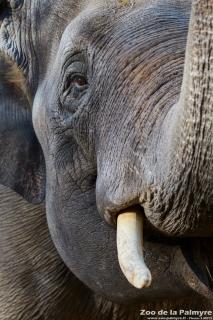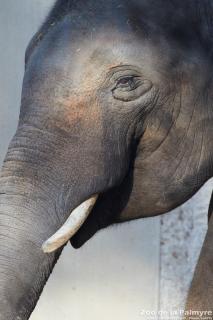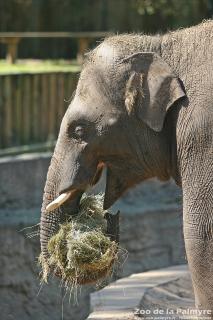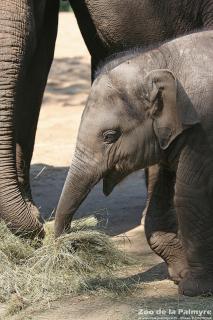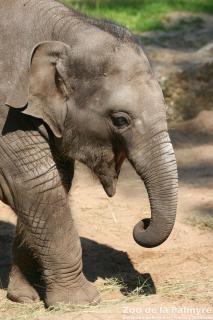Asiatic Elephant

Asiatic Elephant

-
Class
Mammalia -
Order
Proboscidea -
Familly
Elephantidae
-
 3m (height)
3m (height) -
 up to 5 tonnes
up to 5 tonnes -
 22 months
22 months -
 1
1 -
 60 years
60 years
-
Diet
herbivorous -
Habitat
tropical forest -
Range
South-east Asia (Borneo, Sumatra, Sri Lanka, India, Burma) -
 This species is part of a European Breeding Program
This species is part of a European Breeding Program
-
Population in the wild
En diminution -
IUCN REDLIST status

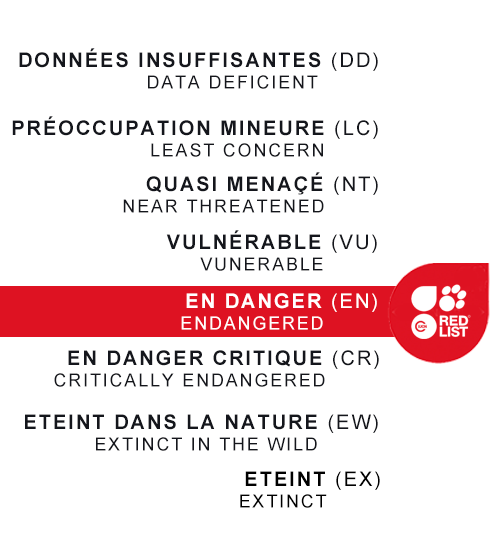
Asiatic and African Elephants are similar but have a few anatomical differences. Asiatic Elephants have much smaller ears than their African cousins, an arched back, 4 toenails on their back feet and a single ‘finger’ on the end of their trunk. Unlike males, female Asiatic Elephants do not have tusks, although they may have small residual ‘tushes’.
Adult Asiatic Elephants spend 16–18 hours a day eating and can ingest up to 150kg of grass, leaves, young shoots, fruit and roots.
Females produce a single young after a pregnancy lasting 22 months. The young are generally breastfed until the age of 4 years, when the mother has another baby.
Living in tropical forests, Asiatic Elephants are endangered by the destruction and fragmentation of their habitat. They sometimes attack crops, which also brings them into conflict with human communities. Lastly, males are hunted for their tusks, which causes a highly undesirable gender-ratio in some populations. The total number of Asiatic Elephants is estimated to be less than 50,000.

